A European-Russian Mars lander has left its mother ship after a seven-month journey from Earth.
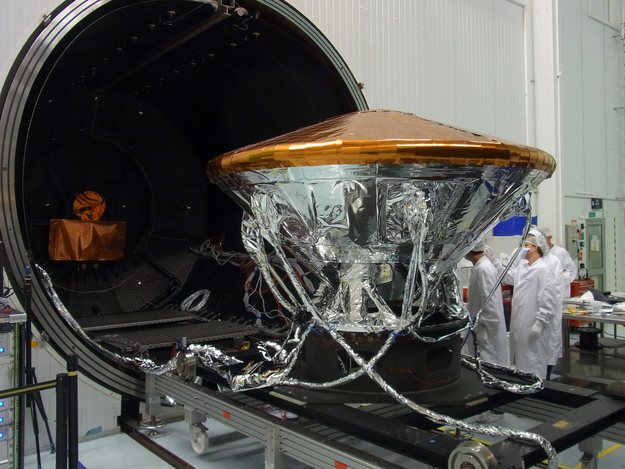
The lander Schiaparelli has now separated from the Trace Gas Orbiter (TCO) and is now fast approaching the red planet.
Touchdown
It is now in hibernation mode in order to reduce its power consumption but will be activated a few hours before entering the atmosphere of Mars, at an altitude of 122.5 km and a speed of approximately 21,000 km/h (13,000 mph).
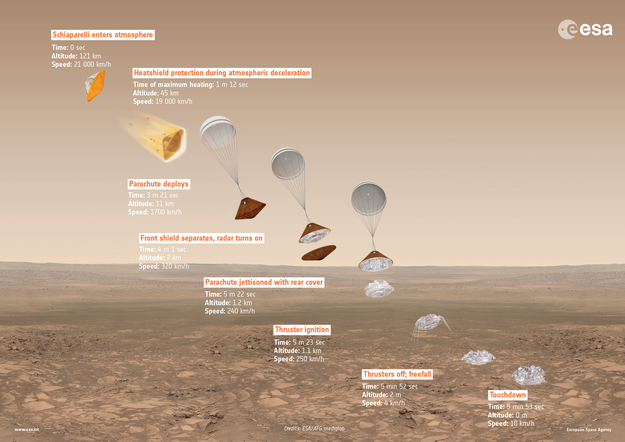
An aerodynamic heat shield protects Schiaparelli from severe heat flux and deceleration when piercing the atmosphere of Mars. This front heat shield and then the rear heatshield will then be jettisoned.
It will turn on its Doppler radar altimeter and velocimeter to locate its position with respect to the Martian surface. It will target a landing site on the plain known as Meridiani Planum.
Just before it reaches the surface it must slow down sharply using its thrusters to avoid crashing. Reducing its speed to only 7 km/h and when situated only 2 meters above the ground, the engines will the switched off and the lander will drop to the ground.
Doing some Science
The TGO will remain in orbit and carries scientific instruments to detect and study atmospheric trace gasses, such as methane.
Schiaparelli has sensors of its own to study the environment at the landing site, sensors to measure the local wind speed and direction, humidity, pressure, the atmospheric temperature close to the surface, the transparency of the atmosphere and atmospheric electric fields.
Terra Incognita for ESA
This is only the second time in history that a European space project attempts to land on Mars. The last attempt was made by the British Beagle 2, in 2003, but failed.
Schiaparelli is what ESA calls an “entry, descent and landing demonstrator module” as it will test various technologies in preparation for the next step in the project – a rover. This vehicle will land on Mars and travel across the surface, to drill, collect and analyze samples. But that part of the project is to be carried out in 2020.
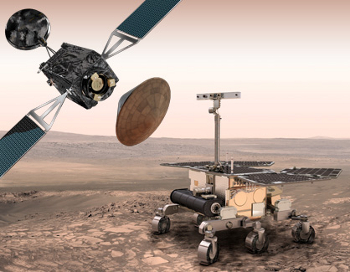
The 2020 mission includes a rover that will carry a drill and a suite of instruments dedicated to exobiology and geochemistry research. Roscosmos provide a Proton launcher for both missions.
Reference:
Schiaparelli: The exomars entry, descent and landing demonstrator module

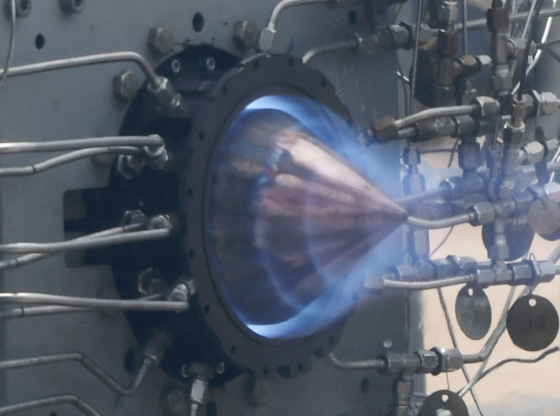
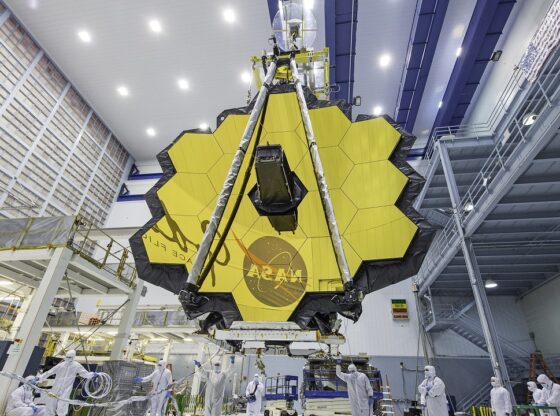
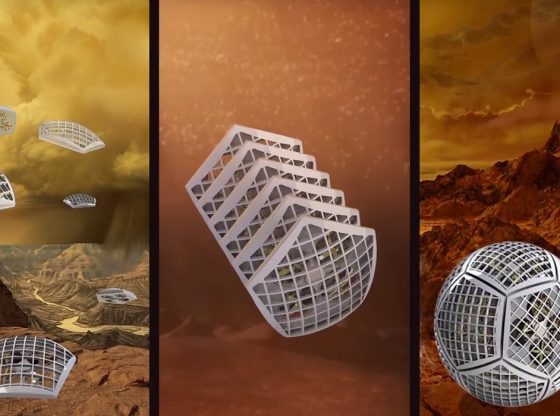
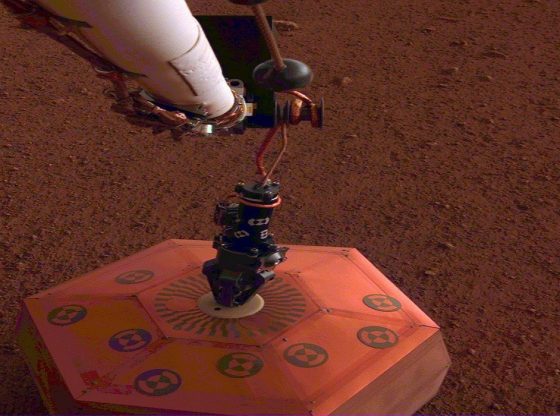
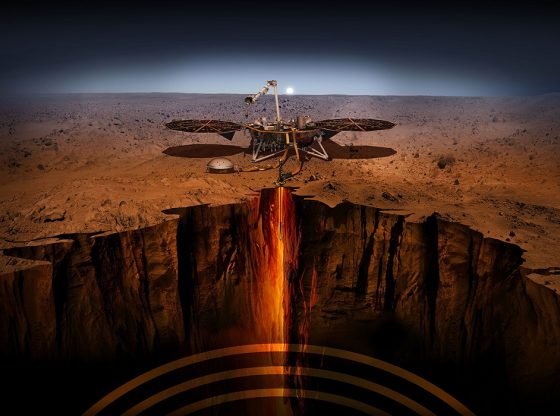
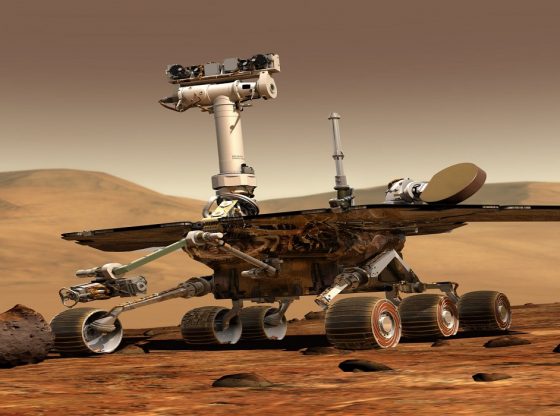
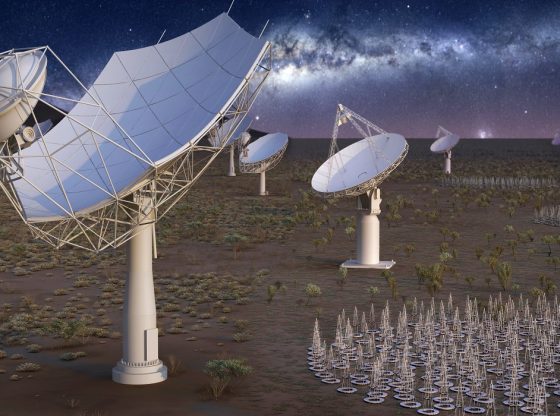

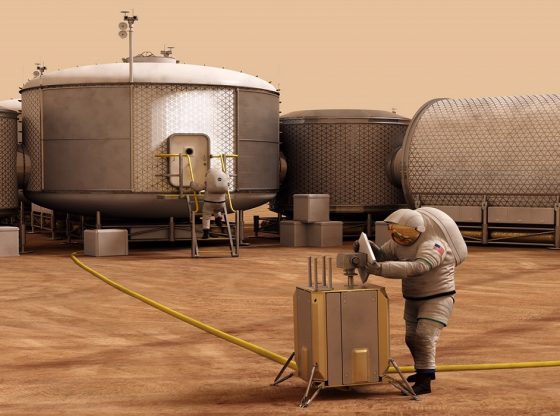
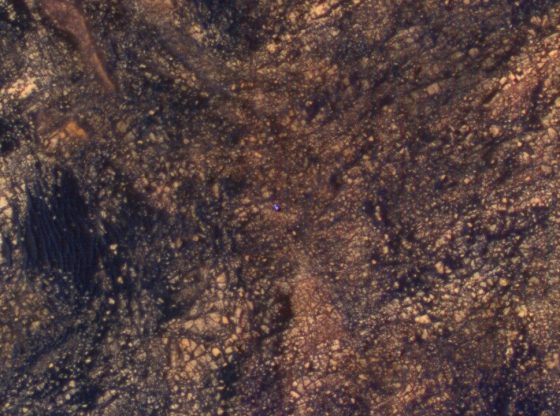
![OpenAI. (2025). ChatGPT [Large language model]. https://chatgpt.com](https://www.illustratedcuriosity.com/files/media/55136/b1b0b614-5b72-486c-901d-ff244549d67a-350x260.webp)
![OpenAI. (2025). ChatGPT [Large language model]. https://chatgpt.com](https://www.illustratedcuriosity.com/files/media/55124/79bc18fa-f616-4951-856f-cc724ad5d497-350x260.webp)
![OpenAI. (2025). ChatGPT [Large language model]. https://chatgpt.com](https://www.illustratedcuriosity.com/files/media/55099/2638a982-b4de-4913-8a1c-1479df352bf3-350x260.webp)








